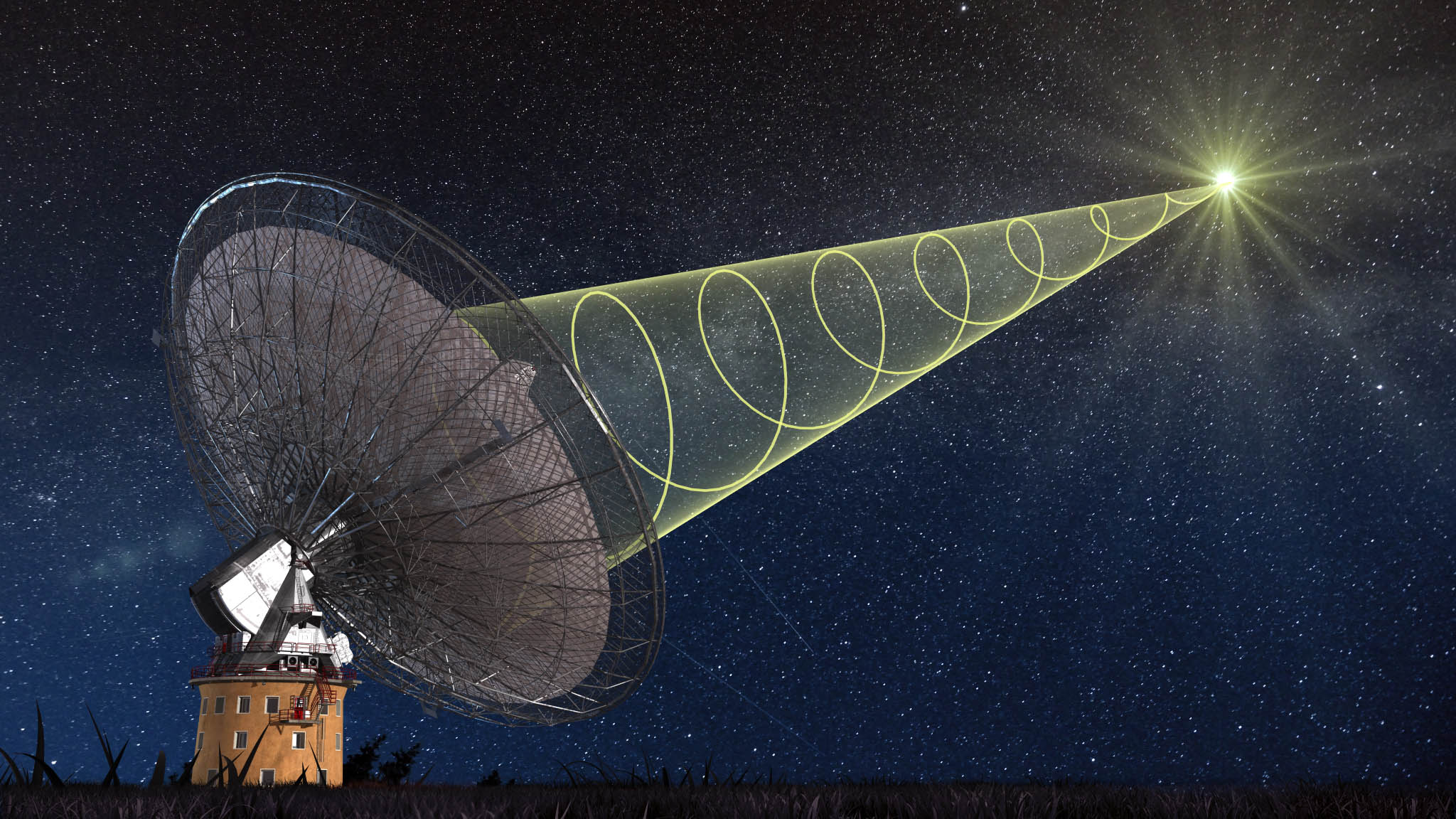

The signal detected near 982 MHz, dubbed “blc1” for “Breakthrough Listen Candidate 1,” intrigued them from the start, since it came from a telescope trained on the nearest stellar system to our own, one that may host a habitable world. “It had a lot of features that we would associate with a signal coming from space,” she says. He had picked up a single unusual signal, and Sheikh didn’t know what to make of it.

The message was posted by a student studying radio telescope data that was originally taken to monitor stellar flares emitted by the star Proxima Centauri. Most of the ones they’d analyzed so far turned out to be clearly caused by radio interference on Earth, artifacts of the myriad human technologies and devices that emit signals in the frequency ranges the scientists were studying. Last fall, a colleague of Sofia Sheikh’s posted a message in her group’s Slack channel, where members of the Breakthrough Listen Search for Extraterrestrial Intelligence (SETI) collaboration talk about the radio telescope signals they’re analyzing for possible signs of communications from space. The team's research is detailed in a paper published in the Monthly Notices of the Royal Astronomical Society.įollow us, or on Facebook and Instagram. This could in turn open up a new way of using long-wavelength radio telescopes to probe the evolution of stars and galaxies and how the early universe evolved into the cosmos we see around us in its current era. The team of astronomers believes that the detection of the hydrogen line signal from this early galaxy demonstrates that it is feasible to observe radio signals from other distant galaxies during the early epoch of the universe. "This effectively results in the magnification of the signal by a factor of 30, allowing the telescope to pick it up," co-author and Associate Professor in the Department of Physics at the Indian Institute of Science, Nirupam Roy, said. In the case of SDSSJ0826+5630, the radio wave signal was magnified by another galaxy between the early galaxy acting as a lensing body. Galaxies in early universe were surprisingly diverse, James Webb Space Telescope finds Milky Way's 'poor old heart' could reveal how our galaxy formed Astronomers weighed our Milky Way, and it's lighter than expected That means a tremendously massive object like a black hole or galaxy causes extreme curvature in spacetime just as a bowling ball would cause the extreme curvature of the rubber sheet in the analogy. General relativity suggests that objects with mass warp spacetime similar to how a ball placed on a stretched rubber sheet would weigh it down in the center, and just like in that analogy, the greater the mass, the more extreme the curvature. Gravity as a window to the early universe However, the team was able to make the record-breaking detection using a phenomenon predicted as part of the theory of general relativity, Einstein's geometric theory of gravity, first suggested in 1915. That means telescopes here on Earth need a natural boost to see long-wavelength, low-energy radio waves like the hydrogen line signal. The difficulty in spotting these wavelengths from more distant galaxies is due to the fact that as electromagnetic radiation from early galaxies travels vast distances to Earth, the expansion of the universe stretches its wavelength and causes its energy to reduce. Until now, it's only been possible to capture this particular signal from a galaxy nearby, limiting our knowledge to those galaxies closer to Earth." "A galaxy emits different kinds of radio signals. "It's the equivalent to a look-back in time of 8.8 billion years," lead author and McGill University Department of Physics Post-Doctoral cosmologist Arnab Chakraborty, said of the breakthrough in a statement.


 0 kommentar(er)
0 kommentar(er)
